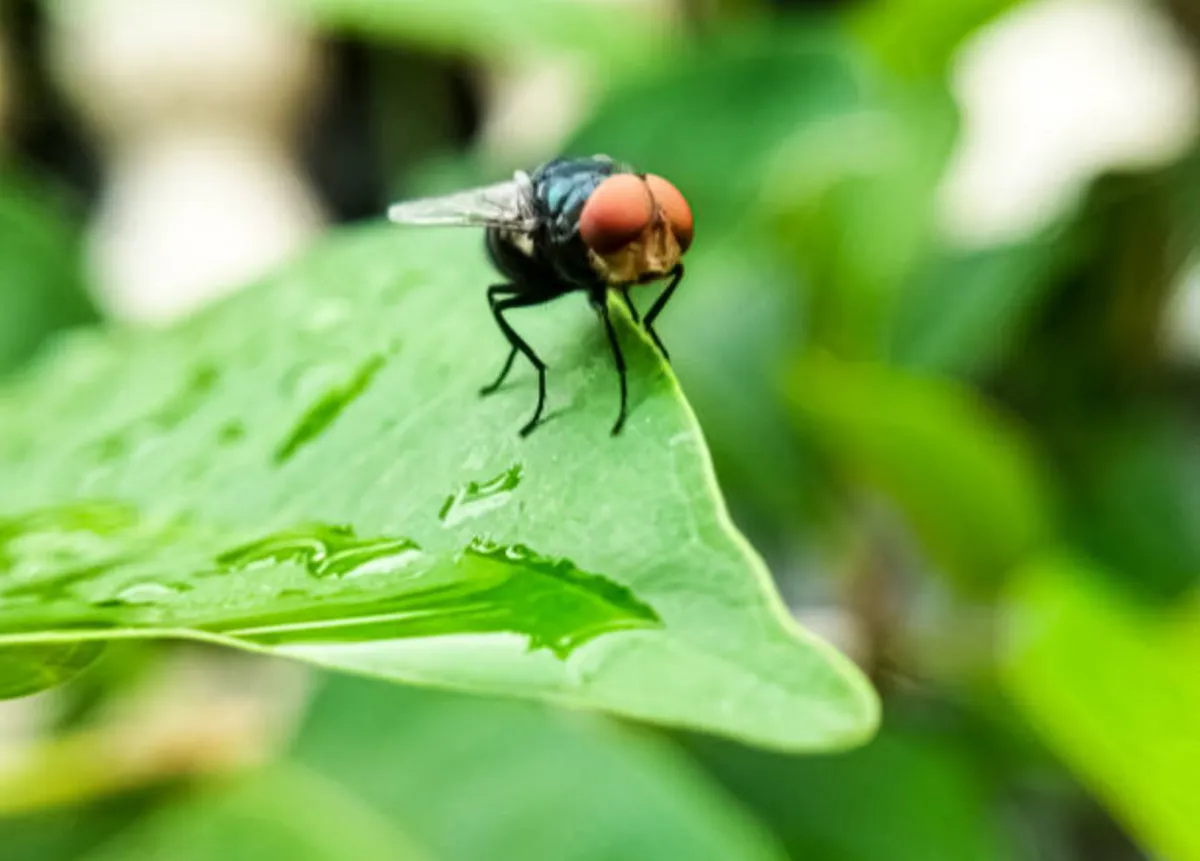
Maryland Confirms Flesh-Eating Parasite Case Not Isolated
A parasite that once caused untold damage to U.S. livestock has reappeared on American soil, this time in the form of a rare human case. Federal officials confirmed that a Maryland resident who had recently traveled to El Salvador contracted an infection from the New World screwworm, a flesh-eating fly eradicated from the United States more than four decades ago. The patient has recovered, but the incident has set off alarms in veterinary and agricultural circles that remember how costly outbreaks once were.
The screwworm fly, Cochliomyia hominivorax, earned its reputation by laying eggs in open wounds of warm-blooded animals. The larvae, unlike most maggots that consume dead tissue, eat living flesh. Infestations can leave livestock debilitated and, if untreated, lead to death. Before eradication campaigns in the 1950s and 1960s, the pest was estimated to cost ranchers in the southern United States hundreds of millions of dollars annually in lost cattle and treatment expenses. The U.S. government eventually drove the parasite out through an aggressive sterile-insect program that released millions of lab-reared, non-reproducing flies across the South, breaking the reproductive cycle.
That history is why even a single case matters. Authorities stressed that the Maryland infection does not appear to represent a new outbreak. The patient likely acquired the parasite abroad, and no livestock cases have been detected. Still, the Departments of Agriculture and Health moved quickly. Surveillance teams set traps across a 20-mile radius around the patient’s residence, spanning parts of Maryland, northern Virginia, and Washington, D.C. Veterinarians have been instructed to monitor unusual wounds in pets, cattle, horses, and wildlife. Local residents have been asked to report sightings of unusual fly activity.
The last time the screwworm made headlines in the United States was in 2016, when it infected endangered Key deer in Florida. That outbreak required months of eradication efforts, including fly releases and strict animal movement controls. More than 130 deer died before the parasite was contained. Officials say the lessons from Florida remain fresh: a quick response is essential because the screwworm can spread fast if given a foothold.
Internationally, the pest remains a serious challenge. It is present in parts of South America and the Caribbean and has periodically spread northward. Central America has been a particular focus of U.S.-backed eradication campaigns, with sterile fly release facilities operating in Panama and Mexico to create a biological barrier. Officials fear that budget pressures or lapses in cross-border cooperation could allow the insect to creep north again, threatening both livestock industries and wildlife.
The Maryland case is unusual because it involved a human. While screwworm infections in people are rare compared with livestock, they are possible when flies deposit eggs in wounds or mucous membranes. In countries where the parasite remains endemic, cases have been recorded in both rural and urban populations. Treatment typically requires careful removal of larvae and wound care, which the Maryland patient received. Public health experts emphasized that the case does not signal a wider risk to residents, but the symbolic weight of the parasite’s return is difficult to ignore.
For livestock producers, the news is a reminder of how fragile biosecurity can be. The U.S. cattle industry is worth hundreds of billions of dollars, and even a minor incursion could trigger costly quarantines, export restrictions, and consumer anxiety. Ranchers in Texas, Florida, and California remember stories passed down from earlier generations about cattle driven off rangeland with oozing wounds. The sterile insect program remains one of the most celebrated victories in agricultural science, and many in the field are determined not to let that legacy unravel.
Agricultural economists note that the broader implications extend beyond animal health. If screwworm were to re-establish itself, meat and dairy prices could climb sharply. Export markets might shut their doors, and government eradication campaigns could cost billions. Those fears are not theoretical. In Libya in the late 1980s, an introduction of screwworms from South America devastated local livestock herds and required a massive international campaign to stamp out. The United Nations at the time called it one of the most serious animal health emergencies of the decade.
Officials in Washington are hoping to avoid even the shadow of such a scenario. The USDA has announced it will accelerate construction of a new sterile fly production facility in Texas to bolster defenses. A similar plant is being planned in Mexico to reinforce the biological barrier. Meanwhile, the CDC is coordinating with state health departments to ensure physicians and veterinarians recognize the symptoms of infestation early. “Preparedness is not optional with screwworm,” one federal veterinarian said. “We know from history what happens when we hesitate.”
For residents of Maryland, the response may feel like an abundance of caution. But in the world of biosecurity, vigilance is cheaper than eradication. A single introduction can snowball into a regional crisis if missed. For now, the message from federal officials is measured: the Maryland case is isolated, and the patient is healthy. Yet the event underscores how even long-banished pests can resurface in a globalized world where people, animals, and parasites cross borders more easily than ever before.
What happens next will depend on the traps and surveillance already underway. If no flies are detected in the coming weeks, the incident may fade as a footnote—a reminder of the system’s effectiveness. If any are caught, however, the U.S. may be looking at its first active eradication campaign in nearly a decade. Either way, the screwworm has reclaimed a place in the national conversation, and with it comes renewed respect for the delicate balance between agriculture, public health, and the natural world.